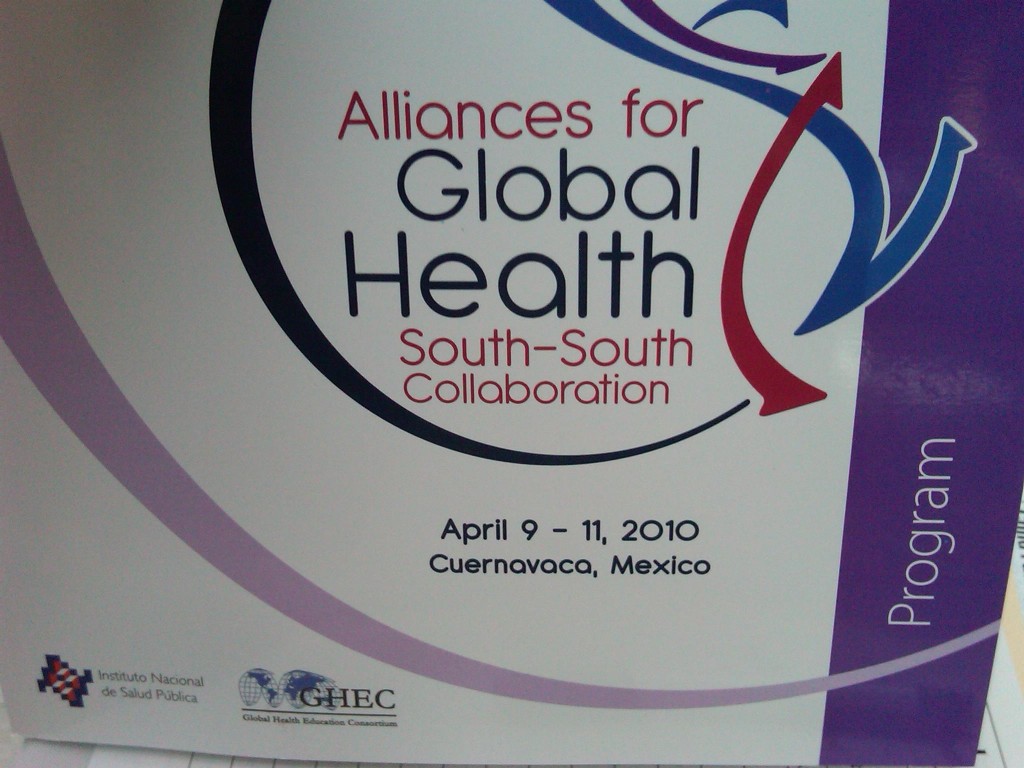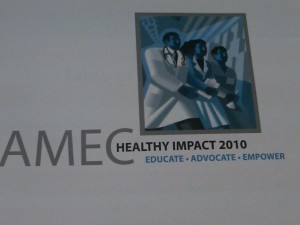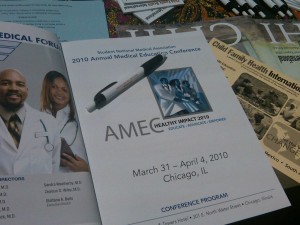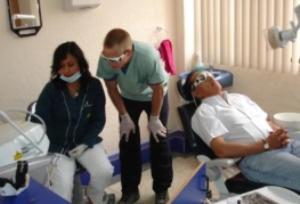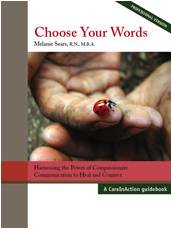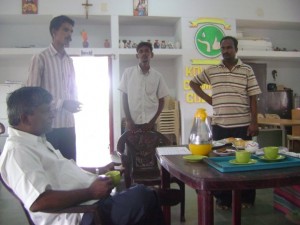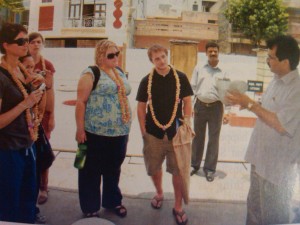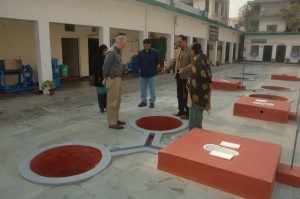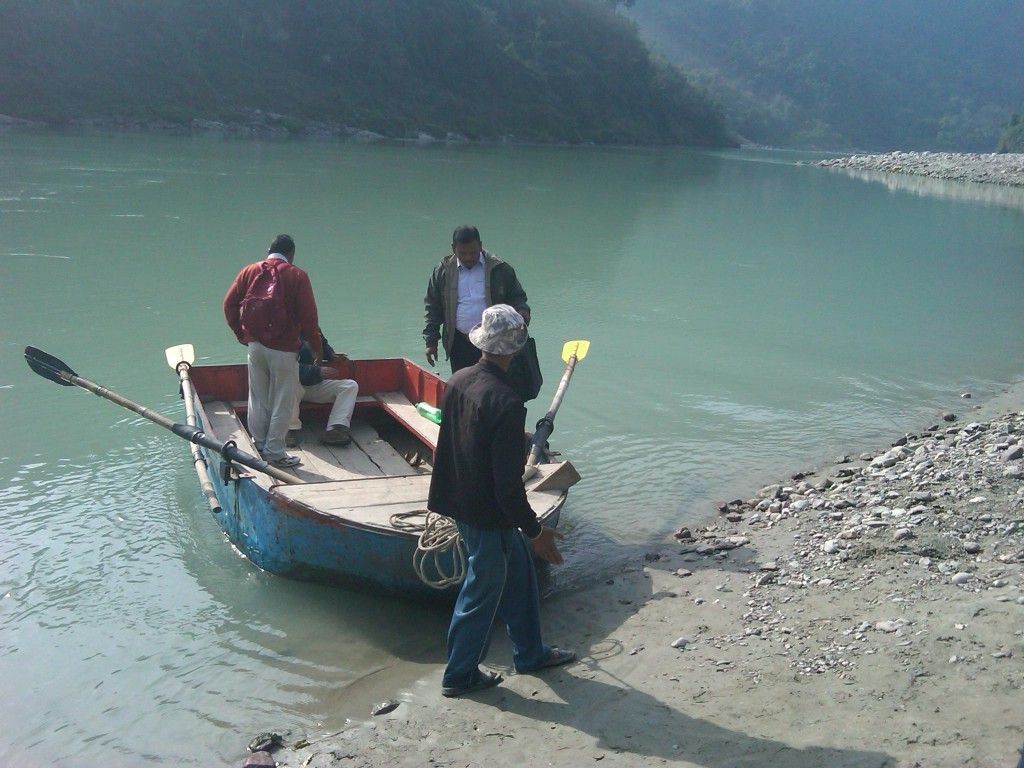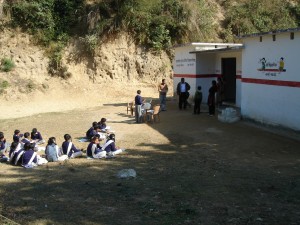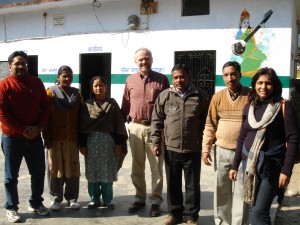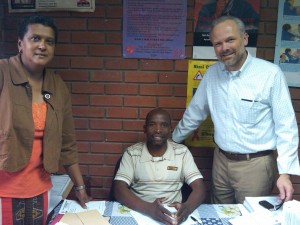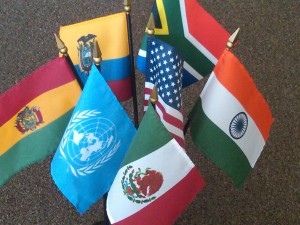The 19th Annual GHEC Conference and the 1st Latin American and Caribbean Conference on Global Helath
Of course, the planning for a conference like this happens more than a year in advance so as we are gathered comfortably here in Curenavaca, Mexico, having important discussions and sharing of ideas, it is important to look back and see all that has happened along the way on the journey to Cuernavaca. Not long after the decision to have the conference, came the outbreak of H1N1 in 2009 and many questioned the wisdom of continuing with the conference plan especially with the fear that a repeat flu outbreak could happen in early 2010.
More fundamentally, the intention of this conference –different, I think, from other South-South conferences– is to have the South participants truly take the lead. “The idea from the beginning was that the North participants are the guests and are primarily coming to learn” said Karen Lam, the Global Health Education Consortium (GHEC) Program Manager. With its almost 20 year history and strong following, GHEC has been able to bring the numbers that frankly support the undertaking of a major conference like this and make it financially feasible. The back story is all the effort to truly make it a success. GHEC has partnered with the Instutio Nacional de Salud Publica (INSP) here in Cuernavaca. INSP is the conference venue and has been a great host for this event. Both INSP and GHEC are to be highly commended for all the hard work to bring this event to a reality and in such a successful way!
“The vast majority of the presentations are by and from the perspective of the South participants,” Lam pointed out. Sessions are covering everything from Ethics and Equity Issues, to Global Health Diplomacy, to Public Policy, and Social Determinants of Health.
It is encouraging to see so many Mexican, Caribbean, and South American students able to be a part of this conference and to see the work of the collaborations of their fellow students and teachers so prominently featured. So far the sharing and exchange of ideas is stimulating and leaves one hopeful for all the collaborations that will now have their beginnings here in Cuernavaca.

